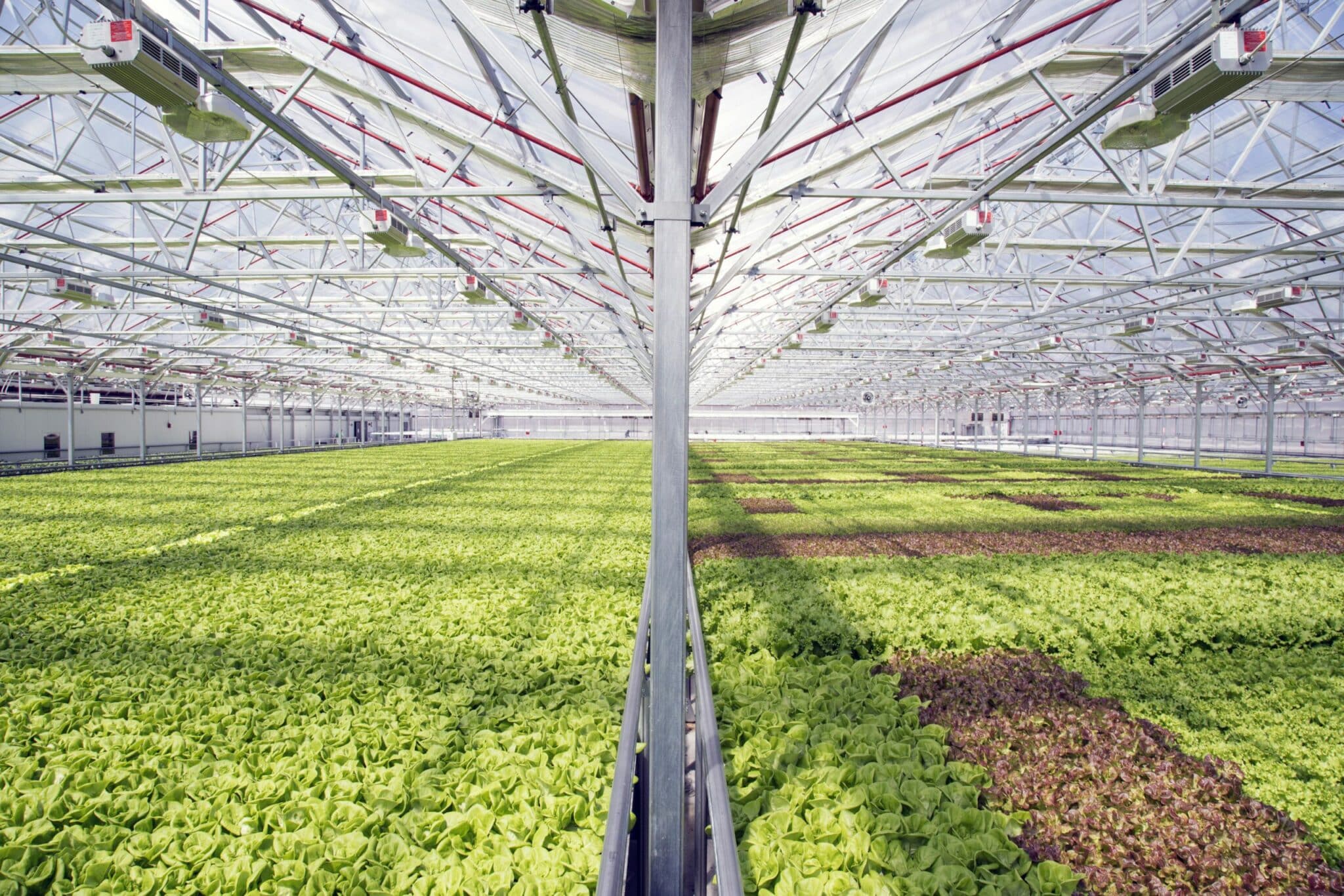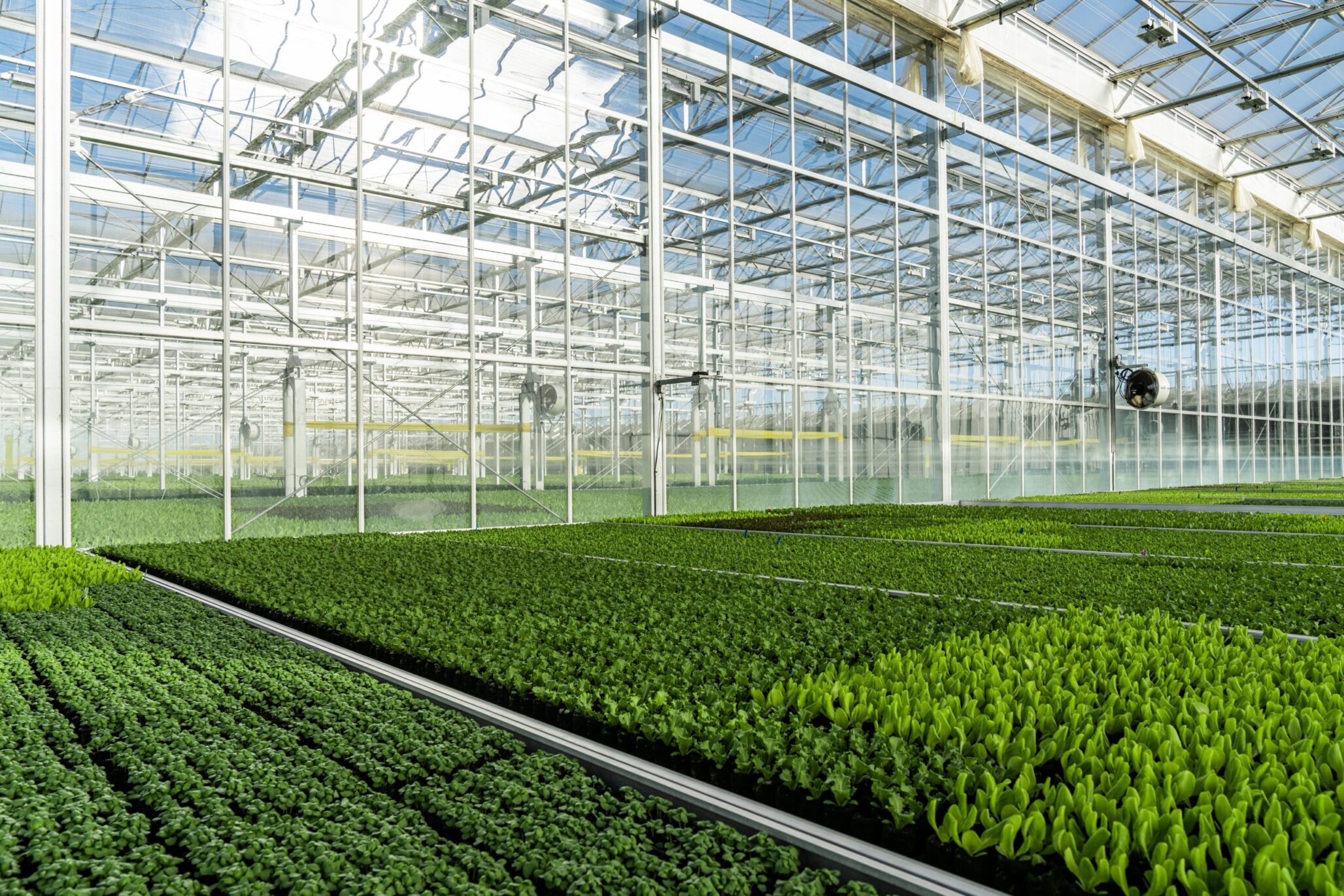When considering the future of indoor agriculture, there are two major things that need to be considered: success metrics and scalability. To feed the world globally, indoor agriculture businesses need to consider both to fit into the equation.
To start, success is based on unit economics and efficiency. In the indoor world, yield per kilowatt hour is the big number vertical growers are focused on, but Eric Stein, executive director of the Center of Excellence for Indoor Agriculture and associate professor of Management Science and Information Systems at Penn State, says many growers keep their operations proprietary making it hard to develop industry best practices.
“Metrics, metrics, metrics,” he says. “If we want to meet these challenges, we need more collaboration and shared information around water per pound, energy per pound and kilowatt hours per pound.”
Efficiency also relies on the right plants.
“As growers move to products that have better disease resistances and better yields, this will help to create more efficiency for production,” Frank Pennington, northern vegetable seed sales manager for Seedway, says.
Unfold sees value in traits such as uniform stem length, which can help automate harvests.
And Stein believes there is a lot of room for improvement with the systems as well.
“Design is really critical. I don’t think a lot of indoor vertical farms are designed correctly to really minimize those costs,” he says.
Lighting efficiency continues to improve, but costs are still significant.
“The reality is that you have to create an indoor facility using artificial lighting and that requires a fair amount of capital expenditure,” David Nothmann, chief operating officer of Unfold, says.
“LEDs are very efficient but you still need a lot of them. You can’t fool plants. We’re talking tens or hundreds of thousands of dollars a year in energy costs depending on the size of the farm,” Stein says.
Sustainability is also important, as well as the right kind of financial base.
“We can commit to using renewable energy, but renewable energy is not always less expensive,” Nothmann says.
Stein says there were a lot of Silicon Valley-type promises in the early days, but that’s just not going to be a reality.
“You aren’t going to become a billionaire doing vertical farming, but when done correctly, they can produce healthy 15-20% return,” he says.
Stein expects the next few years to see more industry shakeout. “Some investors who have been involved are getting impatient so I think we’ll see some consolidation and more closures,” he says.
However, there is still a lot of potential.
“There are huge opportunities in cities like Philadelphia and Detroit where we can turn those decaying buildings and empty lots into spaces for plant production, but this will take enlightened politicians and perhaps partnerships with energy companies,” Stein says.
“This market will continue to grow and work towards establishing regional hubs for growers to provide food locally and year around,” Pennington says.
Sonia Lo, President and CEO of Unfold, has spoken about her dream to see vertical farming in colocation with energy production. It’s an idea that’s reliant on local government cooperation and investment, but could open doors to a significantly more secure and sustainable food system.
Future Food Hubs
That’s a concept that Nothmann gets excited about. He doesn’t believe vertical agriculture is the new normal to replace all other growing systems, but that doesn’t mean he isn’t passionate about what it can offer our food production system.
“I see indoor farming as a piece to the puzzle. It’s not going to be the solution for everything. But if we can grow produce locally that will last longer and taste better, it will continue to have that impact in serving growing demand globally, especially in densely populated areas,” he says.
Viraj Puri, co-founder and CEO of Gotham Greens, expects indoor farming will continue to grow globally.
“We expect to see R&D for more crops beyond the typical vining and leading crops. It will play an important role in our agricultural future,” he says.
Started as a single rooftop greenhouse in Brooklyn, N.Y. over a decade ago, Gotham Greens will bring its total footprint to more than 40 acres of hydroponic greenhouses from coast-to-coast by 2023, with products currently in more than 3,000 retail stores nationwide.
“We’ve seen billions of dollars invested in the sector,” Puri says. “We’ve also seen market share increase, as well as more consumer and media attention for the industry, particularly in the face of climate change and drought-related challenges.”
In the end, it’s about feeding the world as efficiently as possible.
“There is room for everyone, but the more diverse our food supply is, the better,” Stein says.
Make sure to read part one of this piece if you missed it.











